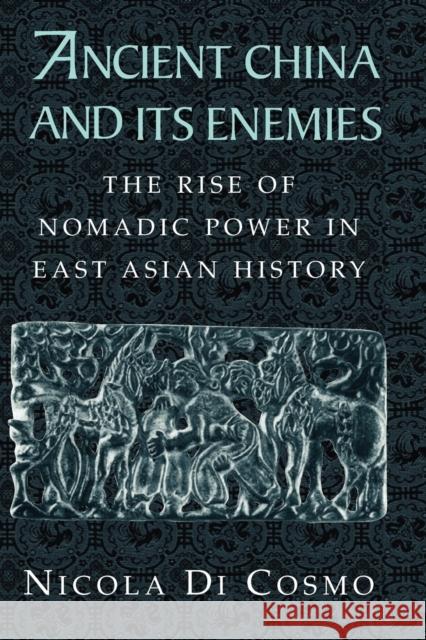Ancient China and Its Enemies: The Rise of Nomadic Power in East Asian History » książka
topmenu
Ancient China and Its Enemies: The Rise of Nomadic Power in East Asian History
ISBN-13: 9780521543828 / Angielski / Miękka / 2004 / 380 str.
Ancient China and Its Enemies: The Rise of Nomadic Power in East Asian History
ISBN-13: 9780521543828 / Angielski / Miękka / 2004 / 380 str.
cena 149,26
(netto: 142,15 VAT: 5%)
Najniższa cena z 30 dni: 148,09
(netto: 142,15 VAT: 5%)
Najniższa cena z 30 dni: 148,09
Termin realizacji zamówienia:
ok. 22 dni roboczych.
ok. 22 dni roboczych.
Darmowa dostawa!
Investigates the origins of the antagonism between early China and its 'barbarian' northern neighbours.











